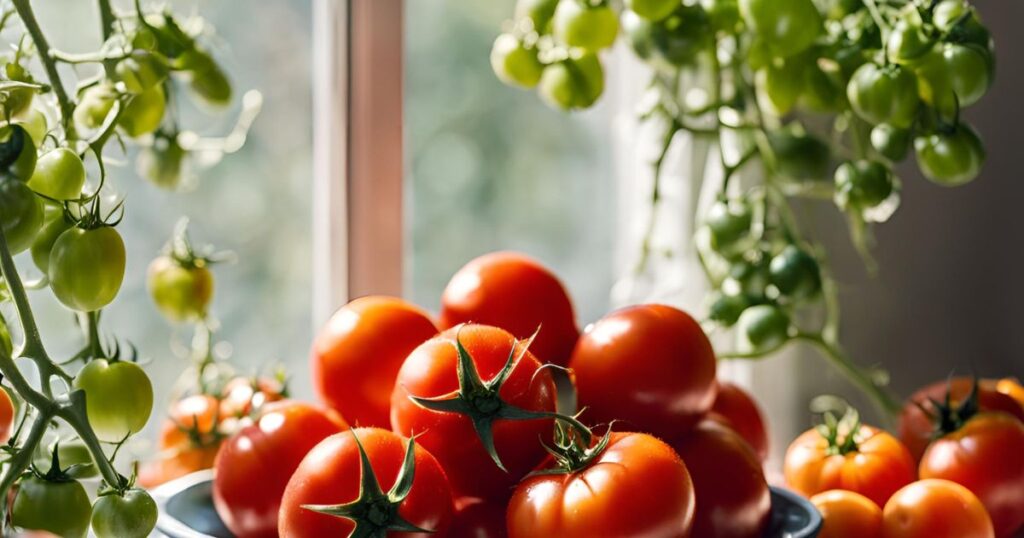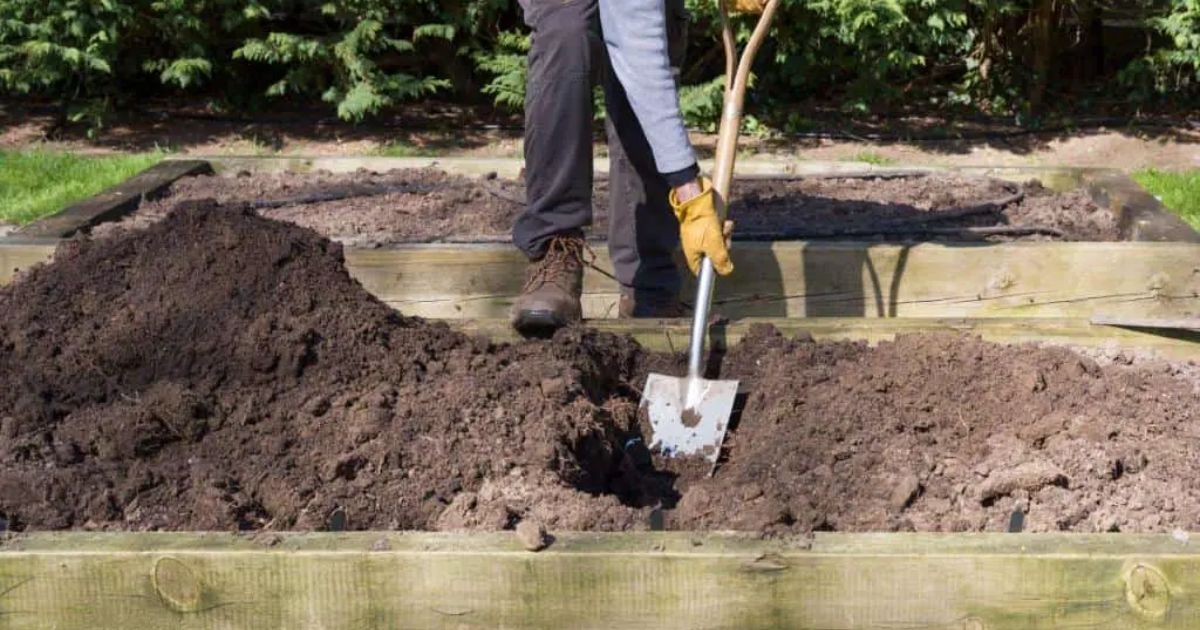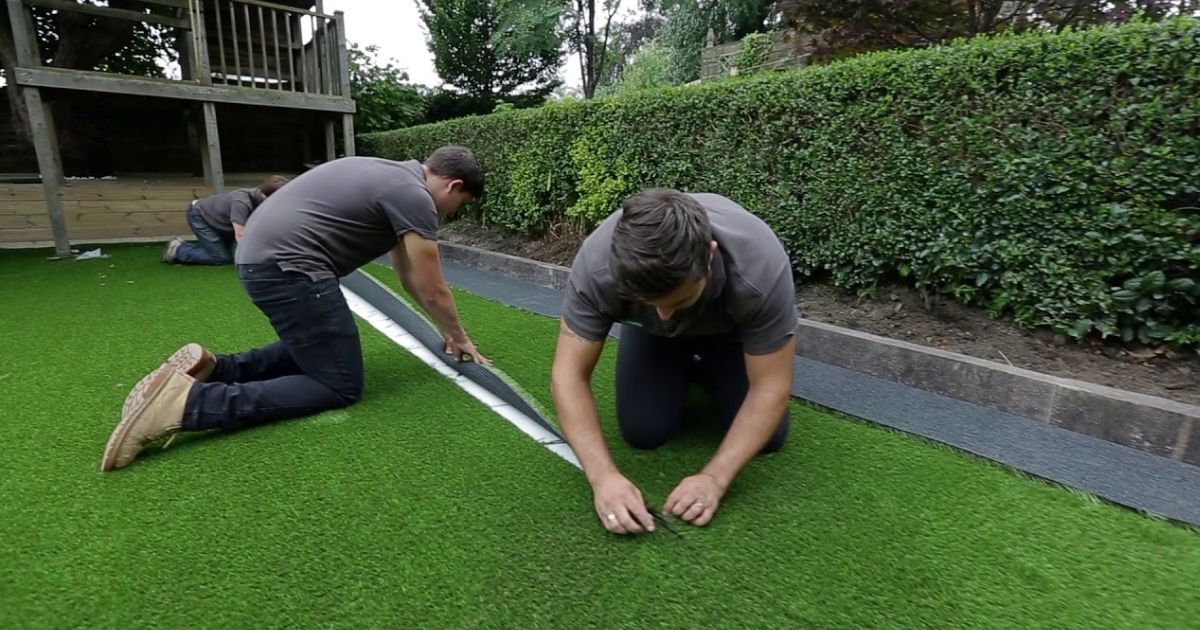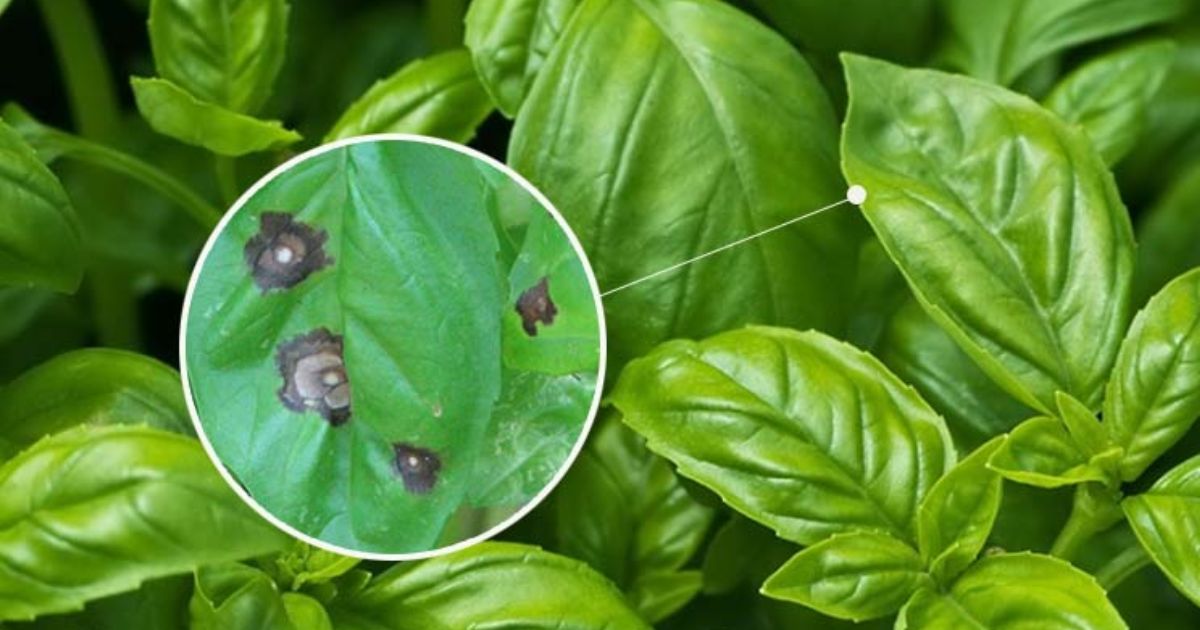You’re not alone if you’ve ever had a batch of unripe green tomatoes at the end of the growing season. Many gardeners face the challenge of ripening tomatoes indoors due to sudden weather changes, an early frost, or the need to harvest early. The good news is you don’t need direct sunlight to get those tomatoes to turn red and juicy! There are quick and easy ways to ripen tomatoes indoors without sunlight that ensure your crop ripens perfectly right on your countertop.
You can speed up the ripening process with minimal effort by using simple methods like paper bags, cardboard boxes, or a kitchen drawer. These techniques take advantage of ethylene gas—a natural hormone released by fruits—that promotes ripening without needing sunlight. Let’s explore some of the most effective ways to transform your green tomatoes ripen once picked into ripe, flavorful ones in no time!
Why Tomatoes May Need to Be Ripened Indoors
Tomatoes often need to be ripened indoors due to several outdoor factors that can hinder their natural ripening process. In regions with short growing seasons, cooler temperatures and reduced sunlight can prevent tomatoes from fully ripening on the vine before the onset of frost. Additionally, unpredictable weather, such as sudden frost or excessive rainfall, can cause damage to tomatoes, either halting their ripening or leading to cracking and rot. Gardeners may also choose to harvest tomatoes before they fully ripen to protect them from outdoor risks or to preserve their freshness for longer. Ripening indoors offers clear benefits, such as control over the process—allowing you to regulate temperature and air circulation to ensure even ripening—and the avoidance of pests and damage that often occur when tomatoes are left exposed outdoors. Indoors, tomatoes are safe from insects, animals, and harsh weather, ensuring they ripen perfectly.
Best Conditions for Ripening Tomatoes Indoors

The best conditions for ripening tomatoes indoors involve maintaining the right temperature, ensuring proper air circulation, and understanding the role of light. The optimal temperature range for ripening tomatoes indoors is between 60-70°F (16-21°C). Keeping the tomatoes within this range promotes steady ripening without spoiling or overripening. Proper air circulation is also crucial, as it helps prevent mold and rot by allowing moisture to escape and keeping the environment dry. While many believe tomatoes need sunlight to ripen, this is a myth. Tomatoes don’t require direct sunlight; instead, they rely on ethylene gas—a natural hormone that triggers the ripening process. Using quick and easy methods like placing tomatoes in paper bags, boxes, or drawers with ripe bananas or apples (emitting ethylene) will speed up the ripening process without the need for sunlight. These controlled indoor conditions ensure perfectly ripened tomatoes without the risks of outdoor exposure and Why Do My Tomatoes Keep Splitting?
Method 1: Ripen in a Paper Bag
Paper bag ripen tomatoes is one of the simplest and most effective ways to ripen tomatoes indoors without sunlight. how to ripen tomatoe cut in half is based on the role of ethylene gas—a hormone found naturally in plants—that tomatoes produce as they ripen. When tomatoes are placed in a closed environment like a paper bag, this gas is trapped, creating an ideal microclimate that speeds up the ripening process. Include an apple or ripe banana in the bag to enhance this method, as these fruits also release ethylene, accelerating the process even further.
Instructions:
- Take your green or partially ripe tomatoes and place them in a brown paper bag.
- Place an apple or ripe banana will green tomatoes ripen inside the bag, then fold the bag closed to keep the ethylene gas contained.
- Be sure not to overcrowd the bag—leave some space for air circulation inside.
Timeframe: Under these conditions, tomatoes typically ripen within 3 to 7 days, depending on how do i ripen green tomatoes indoors green they were at the start. Check the tomatoes daily to remove any that have fully ripened to prevent overripening or rotting. This simple, no-sunlight-required method helps ripen tomatoes quickly and evenly.
Method 2: Use a Cardboard Box
Using a Cardboard Box is another effective way to ripen tomatoes in paper bag indoors, offering the added benefit of ripening more tomatoes at once. How it works is similar to the paper bag method, but with a slightly larger space, which allows you to ripen multiple tomatoes in a single batch. The box traps ethylene gas released by the tomatoes (or added fruits like bananas or apples), encouraging them to ripen quickly without sunlight. The larger space also provides better airflow, reducing the risk of mold and rot.
Instructions:
- Start by lining the bottom of a cardboard box with newspaper to create a soft, dry base.
- Place your unripe tomatoes in a single layer on top of the newspaper, ensuring they aren’t stacked to allow for even ripening.
- Cover the tomatoes with another layer of newspaper to trap the ethylene gas while allowing air to circulate.
You might include an apple or ripe banana for faster ripening, which will emit additional ethylene. Close the box loosely or place it in a cool, dry area.
Timeframe: When stored this way, tomatoes will generally ripen within a week, though the exact time can vary depending on their initial ripeness. Check the tomatoes daily and remove any that have ripened to prevent overripening. This method is ideal if you have a larger batch of tomatoes to ripen at once.
Method 3: Ripening in a Kitchen Drawer or Cabinet

Ripening in a Kitchen Drawer or Cabinet is a convenient and low-maintenance approach to ripening tomatoes indoors. This method takes advantage of a drawer or cabinet’s dark, enclosed space, which can create a controlled environment that encourages ripening. How it works is that the lack of light helps to trap the ethylene gas released by the tomatoes themselves, promoting faster ripening without the risk of exposure to pests or environmental damage.
Instructions: Select a clean, dry kitchen drawer or cabinet that maintains a stable temperature. Place your unripe tomatoes in a single layer, ensuring they are not crowded together. For enhanced ripening, you can add a ripe banana or apple to the mix, as these fruits will emit ethylene gas and accelerate the process. Close the drawer or cabinet to keep the environment dark and undisturbed.
Timeframe: When stored this way, tomatoes typically ripen within 4 to 7 days. It’s important to check them regularly, as conditions may vary based on temperature and humidity. Remove any fully ripened tomatoes to prevent them from overripening and spoiling. This method is particularly effective for those who want a simple, hands-off approach to ripening their tomatoes while protecting them from pests and damage.
Method 4: Ripen on the Windowsill (Without Direct Sunlight)
Ripen on the Windowsill (Without Direct Sunlight) is a straightforward and effective way to encourage your tomatoes to ripen naturally. This method allows for indirect light and gentle warmth, creating a suitable environment for the tomatoes to mature while avoiding the harshness of direct sunlight, which can cause sunscald or uneven ripening. It works because the warmth from the sun, even when indirect, helps activate the natural ripening processes in the tomatoes, while the light helps them stay healthy.
Instructions:
- Choose a location on your windowsill that receives indirect light throughout the day.
- Place your unripe tomatoes in a single layer on a plate or shallow dish.
- Ensure they have enough space between them to promote air circulation. Placing ripe bananas or apples nearby can help accelerate the ripening process, as they release ethylene gas.
Timeframe: Tomatoes typically take 5 to 10 days to ripen on the windowsill, depending on their initial ripeness and the ambient temperature. Monitoring them daily is essential, checking for any signs of overripening or spoilage. If you notice any fully ripened tomatoes, remove them to ensure the others continue to ripen effectively. This method is ideal for those who want natural warmth and light while keeping their tomatoes easily accessible for regular checking.
Method 5: Hanging the Tomato Plant Indoors
Hanging the Tomato Plant Indoors is a unique and effective approach for ripening tomatoes that allows you to utilize the plant’s natural resources to complete the ripening process. This method is particularly useful if you’ve harvested an entire plant with green tomatoes still attached, as it leverages the plant’s ethylene production to encourage ripening. How it works is that hanging the plant upside down allows the nutrients and moisture to travel down to the remaining fruit, promoting even ripening without the risk of damage from environmental factors.
Instructions: To use this method, carefully uproot the entire tomato plant, ensuring you include will green tomatoes ripen after picking still attached to the vine. Reverse the plant and hang it in a cool, dry space indoors, such as a garage, basement, or even a closet. It can be suspended from a wire or with string hook or a sturdy overhead fixture. Make sure the area has good air circulation to prevent mold and rot.
Timeframe: When hanging the tomato plant indoors, ripening can take anywhere from 2 to 3 weeks, depending on the variety of tomatoes and their initial state of ripeness. During this time, check the tomatoes are green inside periodically for signs of ripening and to remove any that may show signs of spoilage. This method allows you to utilize the entire plant and adds a rustic touch to your indoor space while ensuring you get the most out of your harvest. When and How to Harvest Garlic Scapes for the Best Flavor.
Key Tips for Best Results
To achieve the best results when ripening tomatoes indoors, follow a few key tips to ensure your fruit matures perfectly.
Monitor Regularly: It’s important to check your tomatoes are green inside every few days to ensure they ripen evenly. By closely examining the tomatoes, you can identify any ripening faster than others. This regular monitoring will also help you spot any deterioration indicators, including bruises or mold, allowing you to take immediate action.
Separate Ripened Tomatoes: Once tomatoes reach their desired level of ripeness, removing them from the rest of the batch is crucial. Leaving fully ripe tomatoes alongside those still ripening can lead to overripening and eventually rotting. Separating the ripened tomatoes helps maintain the remaining fruit’s quality and reduces the risk of spoilage.
Avoid Moisture: Ensuring that the environment is dry is essential for preventing mold and spoilage. Excess moisture can promote rot, especially when tomatoes are stored in closed spaces. Use breathable containers like paper bags or cardboard boxes, and monitor humidity levels. Consider improving air circulation or relocating your tomatoes to a drier spot if you notice any condensation.
Following these key tips, you can effectively ripen your tomatoes indoors while maintaining their quality and flavor, ensuring a delicious harvest.
Conclusion
In ripen tomatoes indoors is an easy and effective solution for any gardener looking to enjoy their harvest, especially when faced with unfavorable outdoor conditions. You can achieve perfectly ripe tomatoes are green inside without direct sunlight using ethylene-based methods, such as paper bags, cardboard boxes, or whole plants. The simplicity of these techniques allows anyone to enhance their culinary experience with minimal effort.
We encourage you to experiment with different ripening methods based on your available resources. Whether you use bags and boxes or hang entire plants, you may discover what works best for your specific situation and environment. Each method offers unique advantages, so feel free to try them all!
We would love to hear about your tips and experiences indoors ripening tomatoes. Share your insights in the comments below, and remember to subscribe for more gardening advice and tips. Happy gardening, and enjoy your delicious, home-ripened tomatoes!
FAQs:
1. How long does it take for tomatoes to ripen indoors?
Tomatoes typically take 3 to 10 days to ripen indoors, depending on their initial ripeness and the method used. For example, using a paper bag might yield results in about 3 to 7 days, while hanging the plant can take 2 to 3 weeks.
2. Do tomatoes need sunlight to ripen indoors?
No, tomatoes do not need direct sunlight to ripen. Exposing them to direct sunlight can cause uneven ripening or sunscald. They ripen effectively using ethylene gas, which can be generated by placing them in closed spaces or adding ripe fruits like bananas or apples.
3. What is the best temperature for ripening tomatoes indoors?
The optimal temperature range for ripening tomatoes indoors is between 60-70°F (16 and 21°C). Keeping the tomatoes within this range helps ensure steady ripening without the risk of spoilage.





